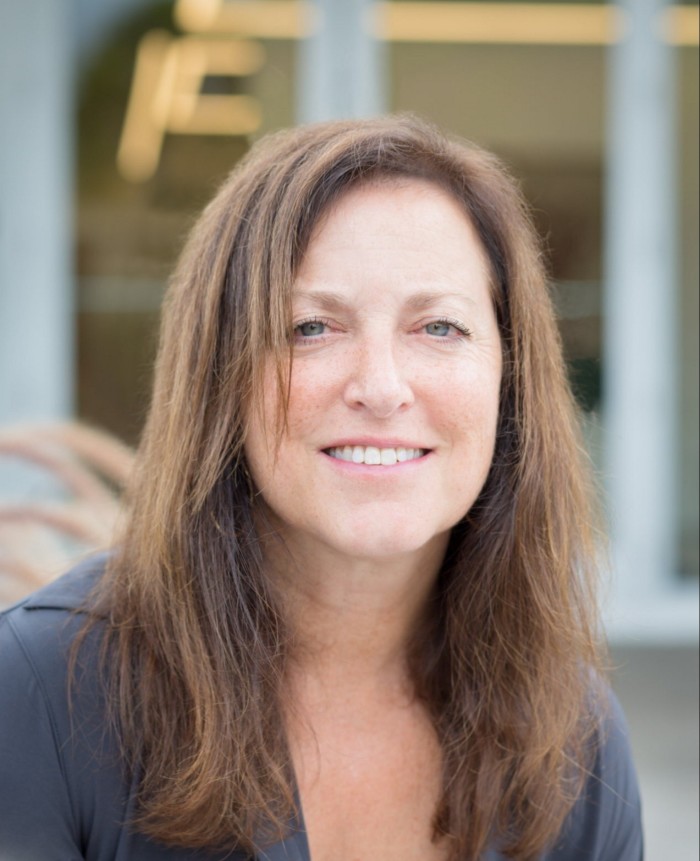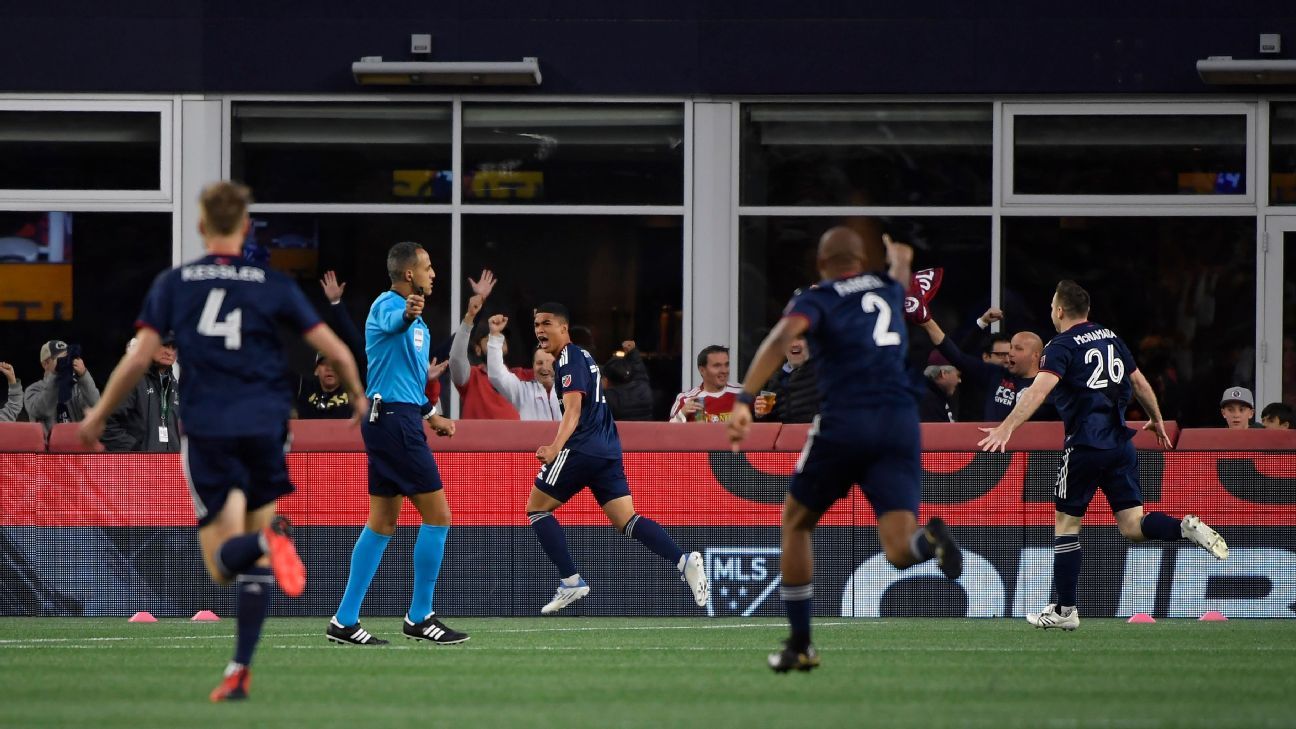How Allapattah became the centre of Miami’s art scene
Unlock the Editor’s Digest for free
Roula Khalaf, Editor of the FT, selects her favourite stories in this weekly newsletter.
On a warm Miami night in early November this year, the opening of Katia David Rosenthal’s new gallery, KDR, which had just moved from Little Havana to the industrial neighbourhood of Allapattah, was joyously crowded. People drank and chatted at the reception, enjoying the autumn weather, as breezes stirred the palm trees and wild chickens, a normal part of the landscape, looked for appetiser crumbs.
Don and Mera Rubell, Miami’s influential contemporary-art collectors, hugged Max Voloshyn, who, with his wife, Julia, had just launched their gallery Voloshyn on the same block, featuring eastern European art. “We are about to have four art galleries lined up,” said Andrew Reed, owner of Andrew Reed Gallery, which also shares the block with Mindy Solomon Gallery. “I don’t think I’ve ever seen something like this here.” Soon afterwards, La Cometa gallery also launched in the neighbourhood.
Allapattah has been touted as Miami’s next art-world hotspot since at least 2019, when the Rubells opened the Rubell Museum to show their collection. The same year, developer Jorge Pérez, chair of the Related Group and principal private donor to the Pérez Art Museum Miami, inaugurated his contemporary art space, El Espacio 23, in the area. Marquez Arts Projects and immersive extravaganza Superblue also reside there. As Art Basel Miami Beach brings even more art to the city in early December, Allapattah has become a standout district.

Much has changed since the first artist-run spaces and commercial galleries opened in Miami in the Eighties and Nineties. Bakehouse Art Complex, Locust Projects and Dimensions Variable all started in the neighbourhood of Wynwood, along with BFI in the Design District, Diaspora Vibe in Little Haiti and Oolite Arts in Miami Beach. Art Basel may have helped shape a cultural ecosystem in Miami but Miami’s people have, without a doubt, made it an art beacon in its own right.
Before buying an old warehouse in Wynwood in 2000, Brook Dorsch, who now co-runs Emerson Dorsch, operated an art gallery from his own walk-up apartment. It was an inspiration, says Leyden Rodriguez-Casanova, who co-founded Dimensions Variable with Frances Trombly: “His first apartment had all the windows drywalled, and he lived in the bedroom while the rest of the space was all walls, and that’s where he was showing exhibitions. I remember thinking, this guy is insane.
“The city was full of artists who took it upon themselves to create something new. That energy left a huge impression on me and what I do today,” he adds. This year, a book, an exhibition at Dimensions Variable (December 6-26) and a digital archive, all titled Making Miami, will tell the story of those artists who worked and made the city’s art community from 1996 to 2012.

To survive Miami’s rising housing costs, most art spaces and commercial galleries had to move neighbourhoods through the years, from Wynwood (rebranded as the Arts District in the early 2000s) to Little Haiti, Little River or Allapattah, chasing affordable housing as the city continued to grow, change and gentrify. Wherever artists go, real estate value also goes up: after the inception of Art Basel Miami Beach in 2002, developers saw the value in Wynwood and started buying warehouse buildings. Gentrification happened so fast that, by 2015, most artists and the working-class community were priced out.
“The city was overflowing with artists, but it was hard to find a decent place to rent,” says Rodriguez-Casanova, who thinks the city is in a similar spot today: Miami has officially become the least affordable housing market in the country. Most non-profits that offered free studio spaces to artists have had to change their model or start charging modest rates. For Lorie Mertes, executive director of Locust Projects, “It is difficult to see how our city becomes less affordable to sustain the cultural and economic diversity that makes us so exciting.”

Since 2017, Mindy Solomon has co-organised Progressive Art Brunch, a programme where art dealers open to the public several Sundays throughout the year for gallery-hopping. “It started as a conversation between myself and Tyler Dorsch, who co-founded Emerson Dorsch Gallery, during our long walks together thinking about the arts community and ways that we could grow and bring more people in,” Solomon says. Dainy Tapia, the creator of ArtSeen 365 on social media, shares information daily about every contemporary art show in Miami and south Florida.
But can the city’s own scene be self-supporting as it expands? To Fredric Snitzer, who opened in 1977, more people must engage with art for galleries to thrive outside of Miami Art Week. “I want the city to be a hotbed of collectors and enthusiasm all year round. But I just don’t see it yet,” he says. But Dejha Carrington, co-founder and executive director of Commissioner, a local organisation that empowers Miamians to collect art and support artists, remains optimistic. “We want to break access barriers and debunk the idea that a collector looks a certain way and is wealthy,” she says. “When someone who has never collected art acquires their first piece, it’s magic.”



